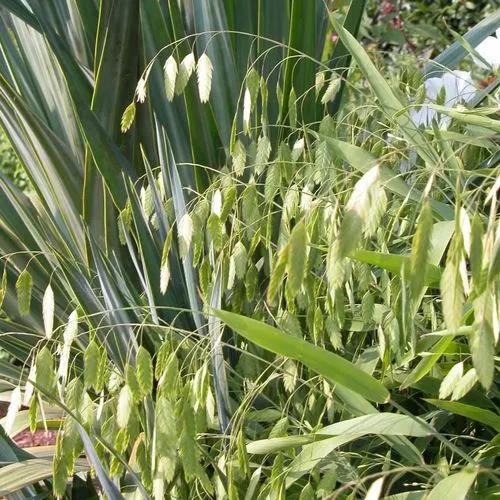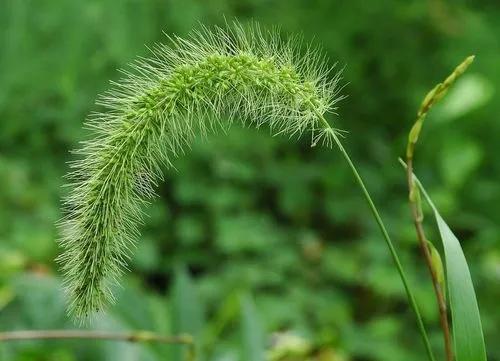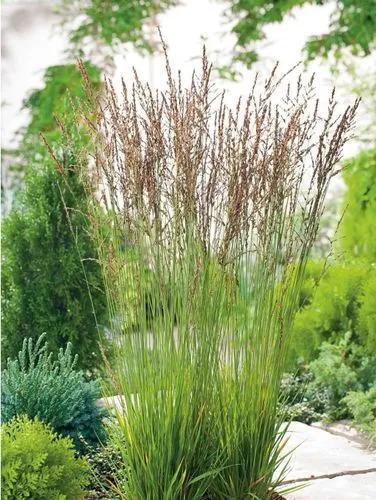Schismus barbatus is a species of grass known as common Mediterranean grass[1] and kelch-grass.[2] It is native to Eurasia, and it is also known as an introduced species in the southwestern United States.
Common Mediterranean Grass Care
Schismus barbatus



It grows in many habitats, including disturbed areas. It is an annual grass growing in small clumps. The stems grow up to 27 centimeters long and are lined with threadlike leaves. The short inflorescence bears spikelets under a centimeter long.
This plant is useful.
How to get rid of: Cultural Control and Sanitary Measures Grazing is not an ideal method to contain S.arabicus, as stated by Brooks . He notes that although grazing can reduce S. arabicus, Schismus biomass increases following moderate to intense grazing, because grazing animals cause soil disturbances and reduce shrub cover. This promotes further spread of the grass.
Physical/Mechanical Control Hand removal is impractical due to the plant’s small size . Due to the extensive mat of roots under the soil surface, pulling up the grass causes substantial soil disturbances, thereby creating conditions which encourage further establishment of S. arabicus . The same holds for ploughing, disking or scraping. Fire generally promotes the growth of S. arabicus.
Chemical Control A late application of glyphosate or grass-specific herbicides has proven to be effective in killing plants. If fuel accumulation and seed set are to be prevented, herbicides need to be applied at the pre-bolting rosette stage. However, the small surface area of the leaves and culms makes herbicide application difficult .
How to Care for the Plant

Popularity

3 people already have this plant 2 people have added this plant to their wishlists
Discover more plants with the list below
Popular articles






